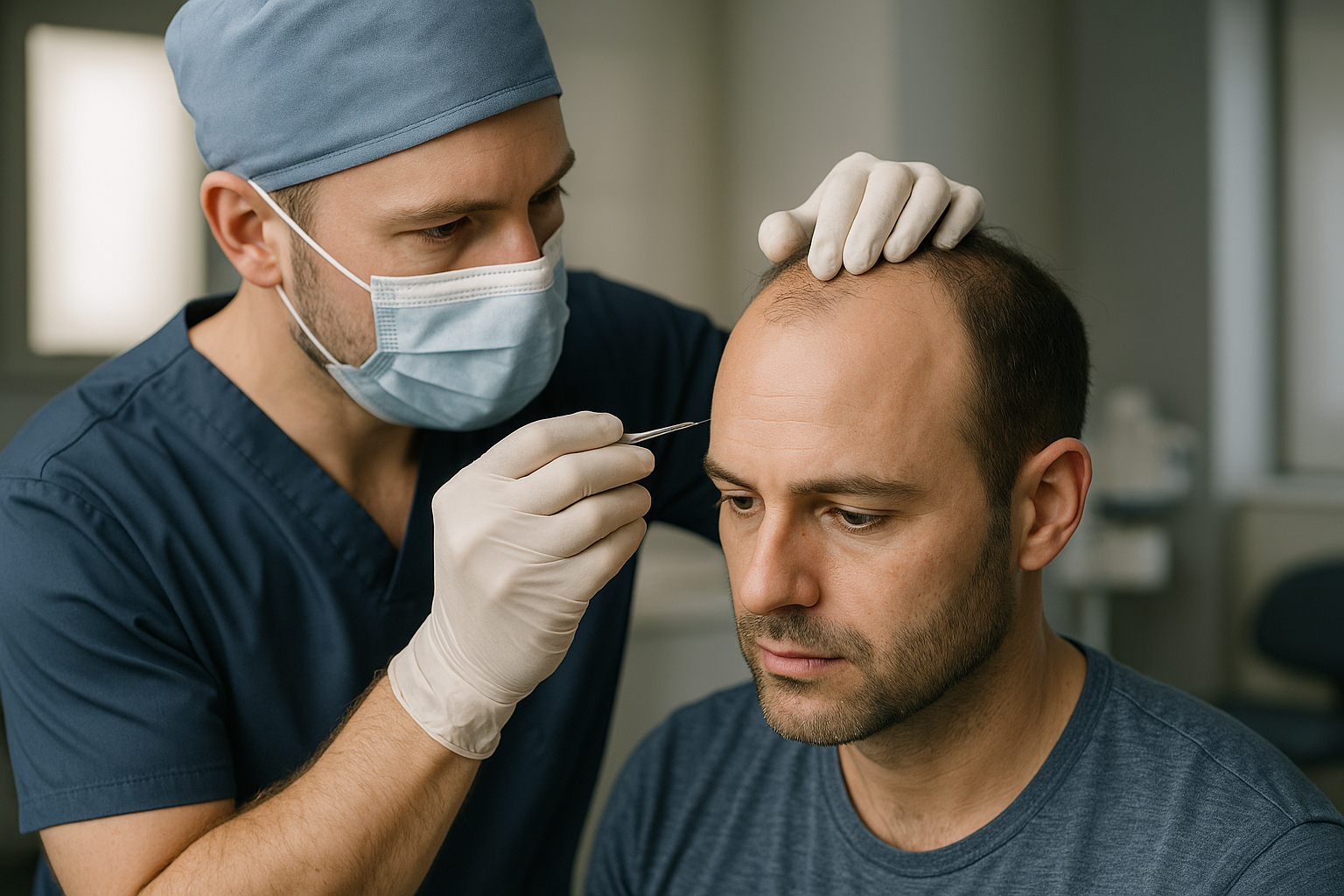Transform Your Nose with Rhinoplasty Surgery in the US
Rhinoplasty, commonly referred to as a nose job, is a surgical procedure aimed at reshaping the nose to improve its aesthetic appearance or enhance its function. This may involve altering the size, shape, or overall structure of the nasal region. While many people associate rhinoplasty with cosmetic improvements, it's not uncommon for individuals to seek this surgery to correct breathing issues or trauma-related deformities. The surgery typically lasts about one to three hours, depending on the complexity and specific changes desired. Surgeons often perform it either through an open approach, where a small incision is made across the columella, or a closed technique, where incisions are made inside the nostrils. Choosing the right surgical approach is crucial as it can significantly affect the recovery process and the final results.

What Makes Nose Reshaping Surgery Effective?
Nose reshaping surgery involves precise modifications to the nasal structure, including cartilage, bone, and soft tissue. Surgeons can address various concerns such as reducing or increasing nose size, refining the nasal tip, straightening a crooked nose, or narrowing wide nostrils. The procedure typically takes one to three hours, depending on the complexity of the changes desired. Modern techniques allow surgeons to achieve natural-looking results while preserving the nose’s functionality. The surgery can be performed using either an open approach, where a small incision is made across the columella, or a closed technique with incisions inside the nostrils.
Understanding Reconstructive Nose Surgery Options
Reconstructive nose surgery addresses both cosmetic and medical concerns, making it essential for patients with breathing difficulties or structural abnormalities. This type of surgery often combines functional improvements with aesthetic enhancements. Common reconstructive procedures include septoplasty to correct a deviated septum, turbinate reduction to improve airflow, and structural grafting to support nasal passages. Many patients who undergo reconstructive nose surgery experience significant improvements in sleep quality, reduced snoring, and better overall respiratory function. The recovery process for reconstructive procedures may take longer than purely cosmetic surgeries due to the complexity of addressing both form and function.
Specialized Solutions for Flat Nose Surgery
Flat nose surgery, also known as augmentation rhinoplasty, focuses on adding height and definition to noses that lack projection or bridge height. This procedure is particularly popular among patients of Asian, African, or Hispanic descent who desire more nasal definition. Surgeons use various techniques including cartilage grafts from the patient’s own body, synthetic implants, or injectable fillers for temporary results. The goal is to create a more prominent nasal bridge while maintaining ethnic characteristics and facial harmony. Advanced techniques ensure that results look natural and proportionate to the patient’s other facial features.
Exploring Nose Tip Reshaping Without Surgery
Nose tip reshaping without surgery offers a non-invasive alternative for patients seeking subtle improvements. Injectable dermal fillers, commonly hyaluronic acid-based products, can temporarily refine the nasal tip, smooth bumps, or improve symmetry. These procedures typically take 15-30 minutes with minimal downtime, though results last 12-18 months on average. Thread lifts represent another non-surgical option, using dissolvable threads to lift and contour the nose tip. While non-surgical options provide immediate results with less recovery time, they cannot achieve the dramatic changes possible with surgical rhinoplasty and require periodic maintenance treatments.
Understanding Surgery Nose Price Factors
Surgery nose price varies significantly based on several factors including the surgeon’s experience, geographic location, facility fees, anesthesia costs, and procedure complexity. Primary rhinoplasty typically costs less than revision surgeries, which require additional expertise and time. Reconstructive procedures may qualify for insurance coverage if they address medical issues like breathing problems, while purely cosmetic surgeries are typically paid out-of-pocket. Additional costs may include pre-operative consultations, post-operative care, medications, and potential touch-up procedures. Many practices offer financing options to help patients manage the investment in their appearance and well-being.
| Procedure Type | Average Cost Range | Geographic Variation | Insurance Coverage |
|---|---|---|---|
| Primary Rhinoplasty | $5,000 - $10,000 | Higher in major cities | Rarely covered |
| Reconstructive Surgery | $6,000 - $12,000 | Varies by complexity | Often partially covered |
| Non-surgical Options | $600 - $2,000 | Consistent nationwide | Not covered |
| Revision Rhinoplasty | $8,000 - $15,000 | Premium in specialized centers | Case-dependent |
Prices, rates, or cost estimates mentioned in this article are based on the latest available information but may change over time. Independent research is advised before making financial decisions.
Choosing the right approach for your rhinoplasty journey requires careful consideration of your goals, budget, and timeline. Surgical options provide permanent, dramatic results but require significant recovery time and investment. Non-surgical alternatives offer convenience and lower costs but with temporary results and limitations on achievable changes. The key to successful outcomes lies in selecting a board-certified plastic surgeon with extensive rhinoplasty experience and clear communication about your expectations. Modern rhinoplasty techniques continue to evolve, offering patients safer procedures with more predictable results and shorter recovery times than ever before.
This article is for informational purposes only and should not be considered medical advice. Please consult a qualified healthcare professional for personalized guidance and treatment.




